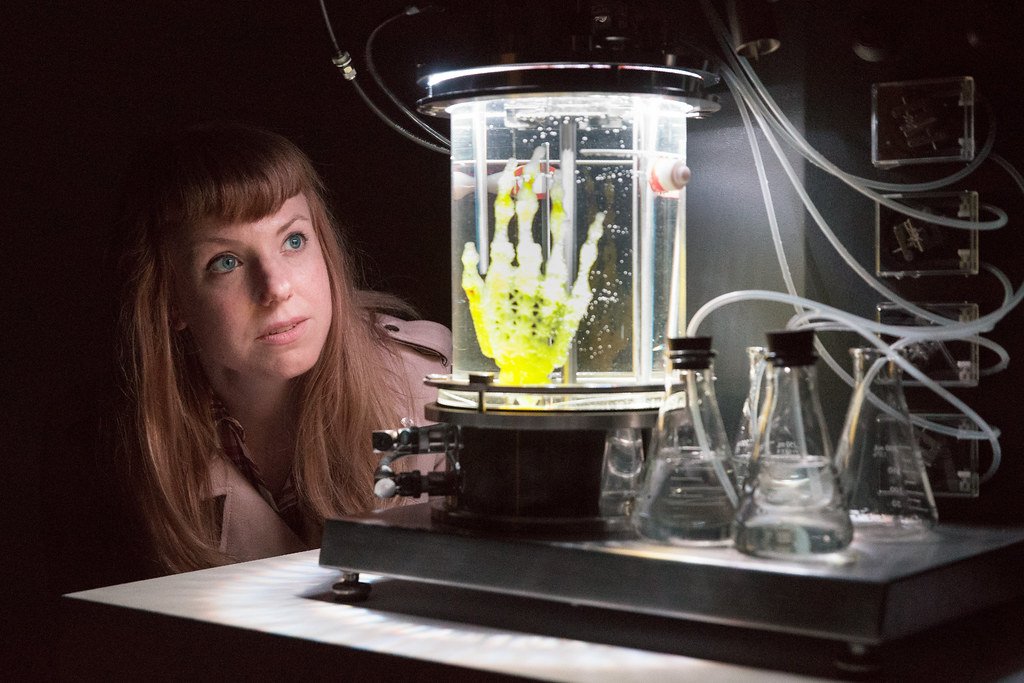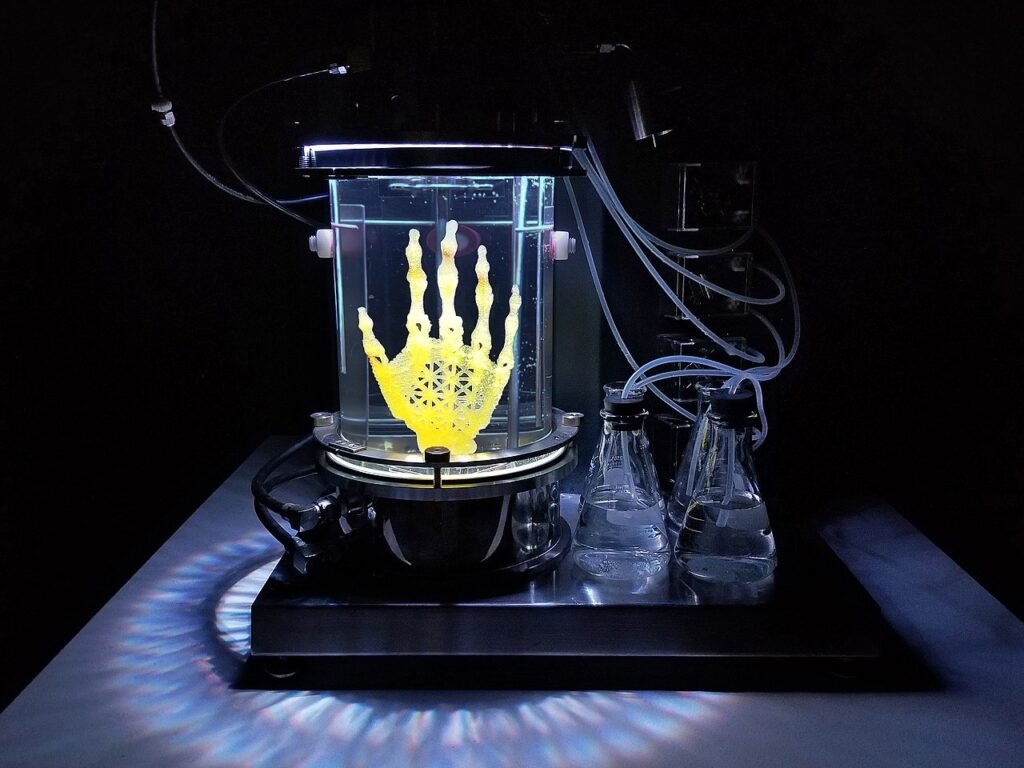Bioart emerges as one of the most intriguing expressions of contemporary art, merging science and artistic creation to explore the boundaries between the living, the artificial, and the hybrid. Using organisms, tissues, and biological processes as raw material, it breaks away from traditional art forms and opens space for reflections on ethics, technology, and humanity’s role in nature.
With the mediation of digital tools and laboratory techniques, artists transform biotechnology into an aesthetic language. In doing so, bioart not only delivers visual impact but also sparks dialogue on how science shapes life and how art can amplify that discussion.
Origins and Evolution of Bioart
The idea of uniting science and art is not new, but the term “bioart” gained prominence in the late 20th century when advances in biotechnology allowed artists to work directly with cells, DNA, and microorganisms. Unlike purely digital art, bioart deals with living matter, which brings a degree of unpredictability and ethical responsibility.
According to the book Art and Biotechnology by Eduardo Kac, published in 2005, bioart is not only about creating aesthetically pleasing forms but also about creating living systems that interact with the environment and the public. Kac, a pioneer in the field, is known for works such as GFP Bunny, which involved genetically modifying a rabbit to glow under blue light. His approach sparked international debates about the limits of science when applied to art.
This type of work questions not only aesthetics but also the role of art in mediating complex themes such as genetic engineering, cloning, and environmental conservation. Bioart therefore goes beyond observation, demanding active engagement from the audience, whether in laboratories, museums, or interactive installations.
Intersection with Digital Art
Although bioart involves living matter, it often interacts with digital resources. Sensors, projections, and data analysis software enhance the experience, enabling biological transformations to be visualized in real time. This integration between biotechnology and digital art creates immersive experiences that merge the physical and virtual worlds.

Institutions like the Ars Electronica Center in Austria present bioart exhibitions that combine living organisms with digital simulations, creating a hybrid aesthetic. According to the book Biomediality by Jens Hauser, published in 2010, bioart should not be seen merely as a fusion of disciplines but as a field that questions the boundaries between natural and artificial. In this context, technology acts as a mediator between the invisible (cellular processes, microbiology) and what the audience can perceive.
By combining digital art and biotechnology, artists can transform microscopic phenomena into collective sensory experiences, making complex scientific topics accessible in an intuitive way.
Ethical Reflections and Cultural Impact
Working with living beings in artistic production raises deep ethical questions. How should we deal with the suffering of organisms? What are the limits of genetic manipulation when the goal is aesthetic rather than scientific?
Art, by incorporating elements of science, takes on a critical role. It is not only about fascination but about provoking debates on the future of life and technology. Museums, galleries, and collaborative laboratories are becoming hybrid spaces where science and art meet, encouraging the public to reflect on their role in preserving and transforming the living world.
The cultural impact of bioart is evident. By challenging conventions, it brings traditionally distant fields closer together and creates space for a broader understanding of creativity. The fusion between science and art reveals that innovation is not only technological but also sensory, philosophical, and ethical.
Bioart is more than an artistic movement. It is an invitation to rethink the very definition of life and creation. By merging biotechnology and aesthetic expression, it confronts us with fundamental questions: how far can we go? And how far should we go? In a scenario where science and art walk side by side, bioart points to a future in which human imagination can literally give life to new forms of existence, making the act of creation itself a vital experience.



